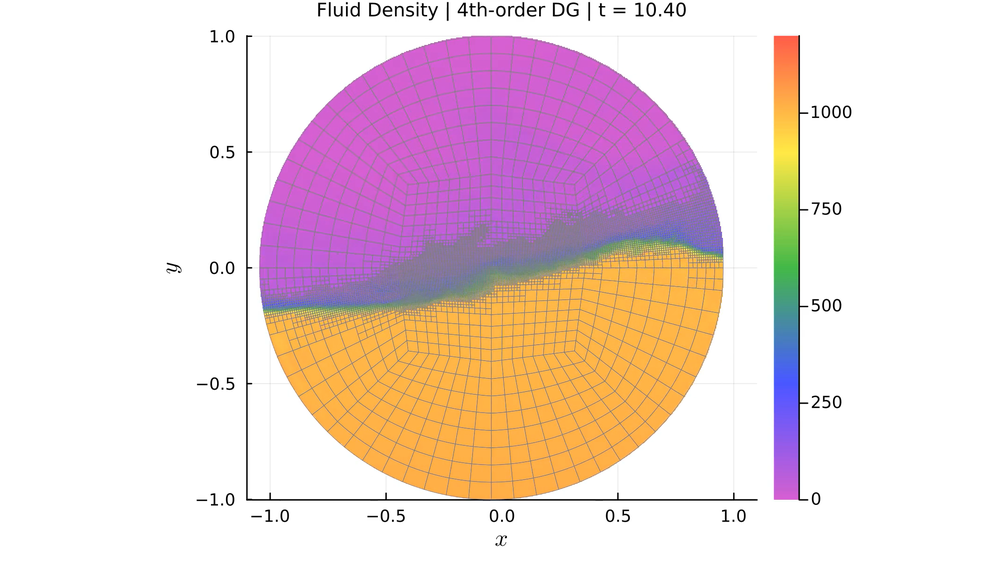t8code - the open-source library for extremely efficient simulations with adaptive grids



t8code is a software library for efficient management of dynamic adaptive grids and data on them. Any simulation software that uses grids can benefit from t8code as a plugin, because it supports and enhances various simulation applications. t8code is very general-purpose because it supports just about any grid needed by numerical simulation software.
- the software library t8code enables efficient management of dynamic adaptive grids and data on them
- t8code extends successful technologies, which were previously only available for quadrilateral and hexahedral grids, to general element shapes
- the software library can be used as a tool for all simulation codes
- t8code scales on supercomputers and significantly reduces computation times
- t8code is developed at the DLR Institute for Software Technology with the participation of the University of Bonn
- project website t8code
- project repository t8code on GitHub
t8code is an open source plugin for any simulation software

t8code (written in lower case and pronounced "tetcode") is a software library for efficient management of dynamic adaptive grids and data on them. Any simulation software that uses grids can benefit from t8code as a plugin, because it supports and enhances various simulation applications. t8code is very general-purpose because it supports just about any grid needed by numerical simulation software.
t8code is being developed by the department of High-Performance Computing at the Institute for Software Technology, with the participation of the University of Bonn. At the German Aerospace Center (DLR), t8code is already successfully used in several projects. The current areas of application range from earth system modeling and the simulation of atmospheric chemistry to the improvement of 3D printing processes.

Adaptive grids as a basis for flow simulations
Computer simulations of weather forecasts, climate models, or flows often use grids as the basis for calculations. The computational domain is first divided into a grid of different geometric shapes such as triangles, quadrilaterals, hexahedra, or tetrahedra. The finer the resolution of this grid, the more accurate the results of the simulation.
However, finer resolution also increases computation time and memory requirements. A grid can be called adaptive when they selectively refine only in places where fine resolution is needed, and remain coarser in other places. Grid refinement is useful in the example of a weather simulation along a cold front. If the grid resolution changes during the simulation - the cold front moves - this is called dynamic adaptive grids. The subdivision into fine and coarse computational domains allows to deal extremely efficiently with the available computational capacity.
t8code extends successful technologies

2D tank sloshing simulation in a moving circular tank
Your consent to the storage of data ('cookies') is required for the playback of this video on Quickchannel.com. You can view and change your current data storage settings at any time under privacy.
t8code is extremely efficient and works even with the extremely large processor counts of current supercomputers. In practical applications with up to one million parallel processes and grids with more than one trillion (10 to the power of 12) elements, t8code has demonstrated its efficiency. t8code achieves this efficiency by using a tree-based approach with the help of space-filling curves. These data structures are both highly computationally and memory efficient and geometrically very flexible. t8code extends this successful technology, which was previously only available for quadrilateral and hexahedral lattices, to general element shapes. Thus, t8code in 3D supports the particularly frequently used shapes tetrahedron, hexahedron, prisms and pyramids and also allows the combination of different shapes within one grid.
Potential for the industry
t8code is ideally suited as a scalable alternative to the unstructured grids commonly used in industry. t8code promises shorter runtimes - and thus lower costs - better resolutions, and universally applicable code for simulation software.

